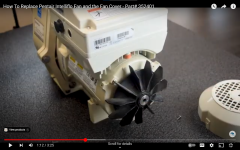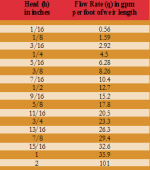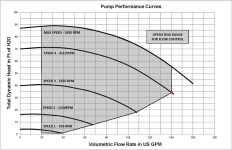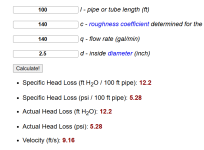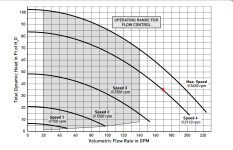I have a Pentair Vsf pump with a PMSM motor that drives a water feature. It always runs at 3400rpm, and I have found it to be relatively quiet. Unfortunately, the motor died, and I have been advised to replace it with a single-speed Pentair TEFC motor or a Century ODP motor.
In reading the forums, I see that one of the TFP Experts has frequently observed that the external fan on TEFC motors is annoyingly loud. My water feature used to be driven by a Pentair Challenger ODP pump that I also found to be annoyingly loud.
Should I expect a replacement single-speed TEFC motor (at a fixed 3450rpm) to be a lot louder and more annoying than my current PMSM motor (which I have found to be okay noise-wise running at 3400rpm)?
Or, put another way, is the PMSM motor significantly quieter than the TEFC motor? Than an ODP motor?
In reading the forums, I see that one of the TFP Experts has frequently observed that the external fan on TEFC motors is annoyingly loud. My water feature used to be driven by a Pentair Challenger ODP pump that I also found to be annoyingly loud.
Should I expect a replacement single-speed TEFC motor (at a fixed 3450rpm) to be a lot louder and more annoying than my current PMSM motor (which I have found to be okay noise-wise running at 3400rpm)?
Or, put another way, is the PMSM motor significantly quieter than the TEFC motor? Than an ODP motor?



